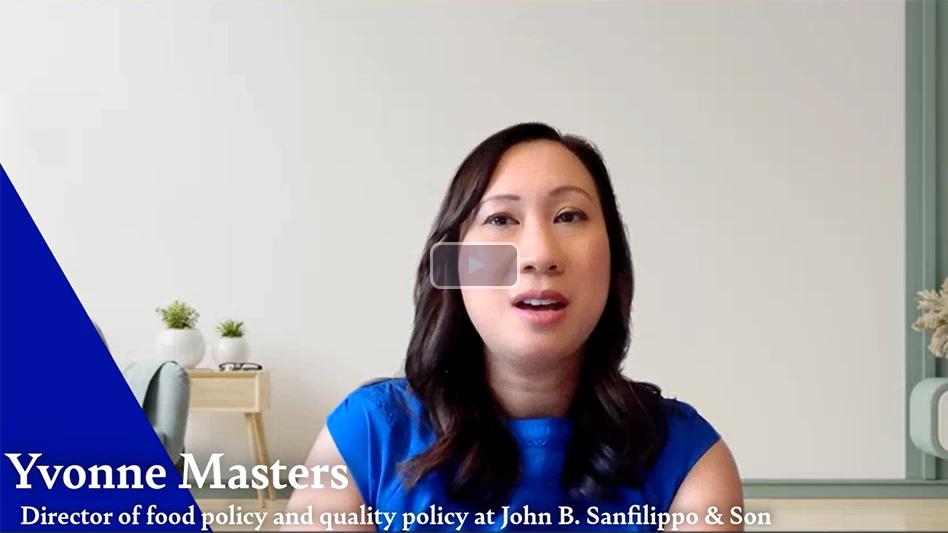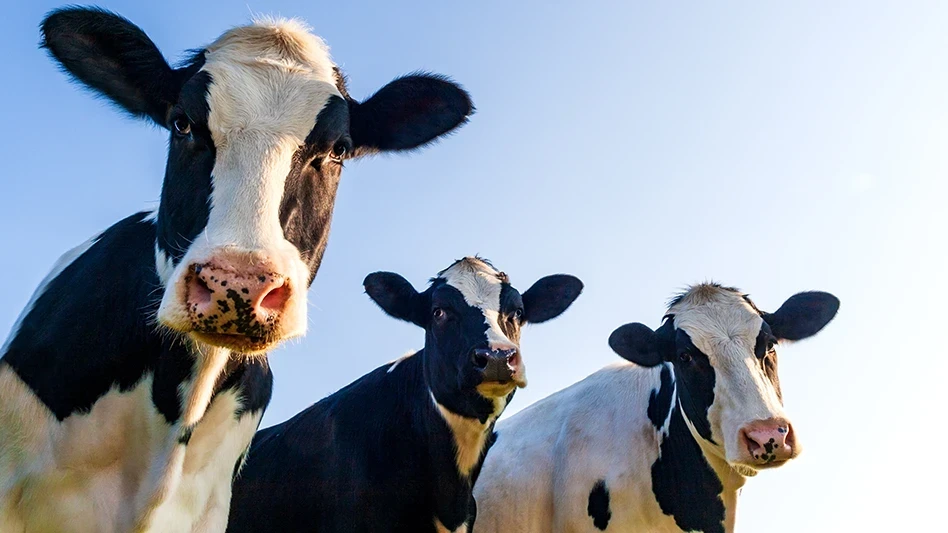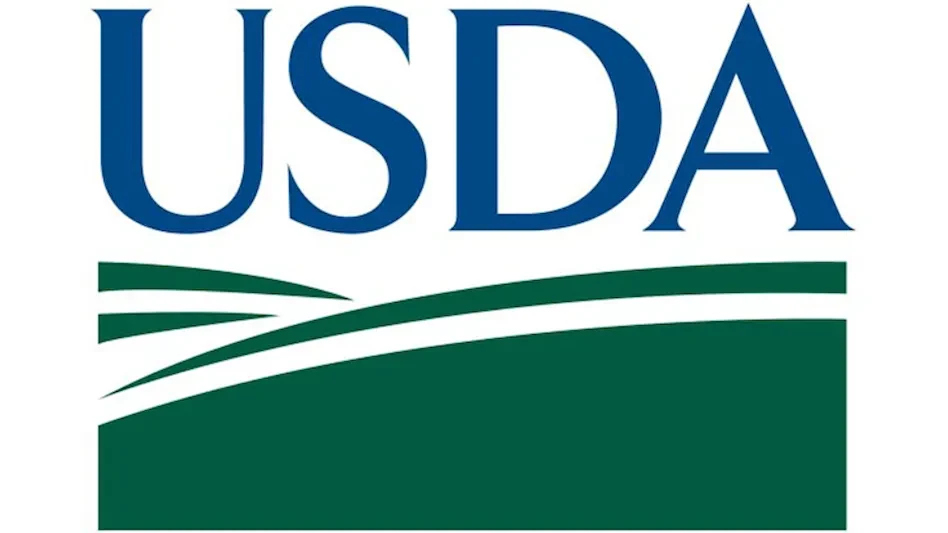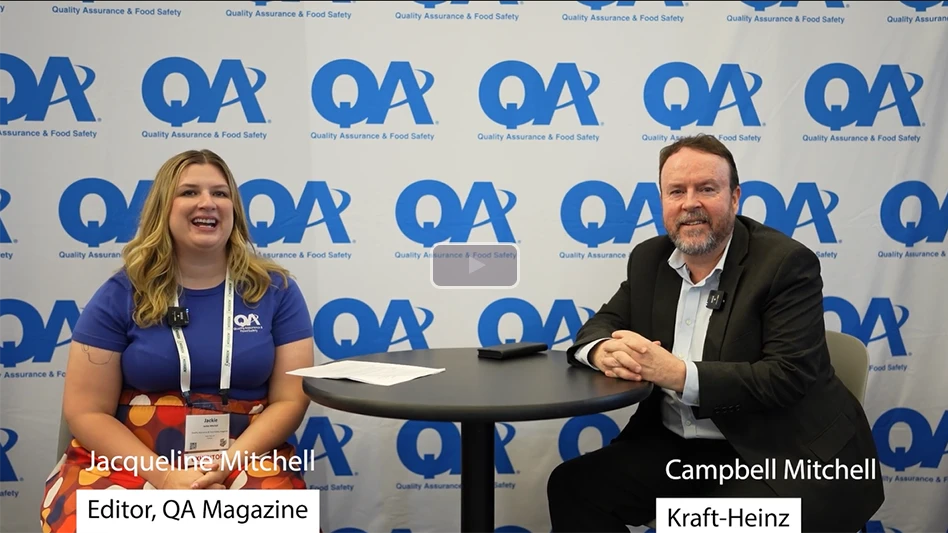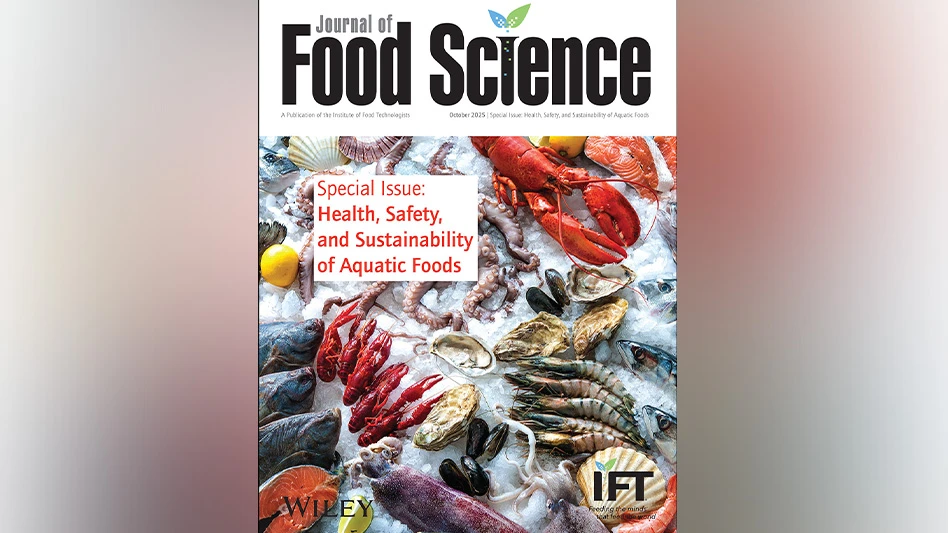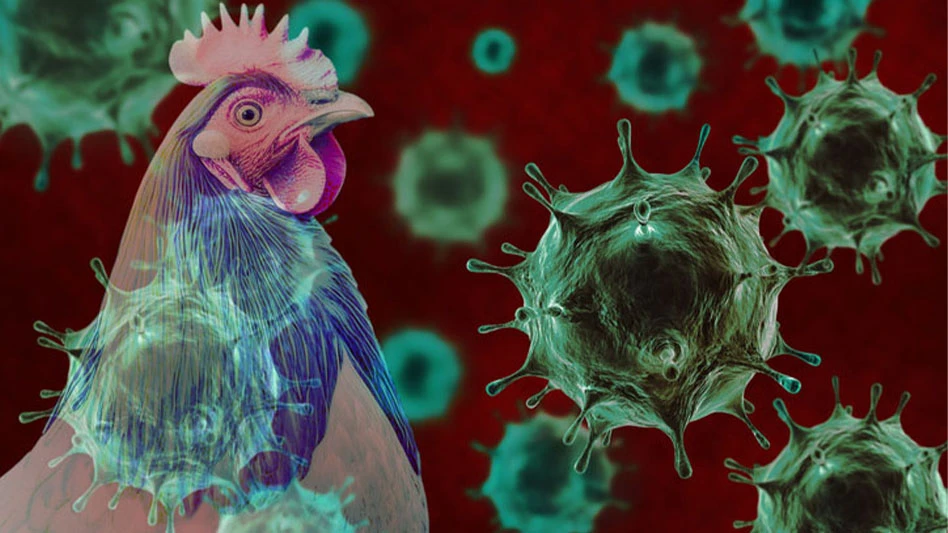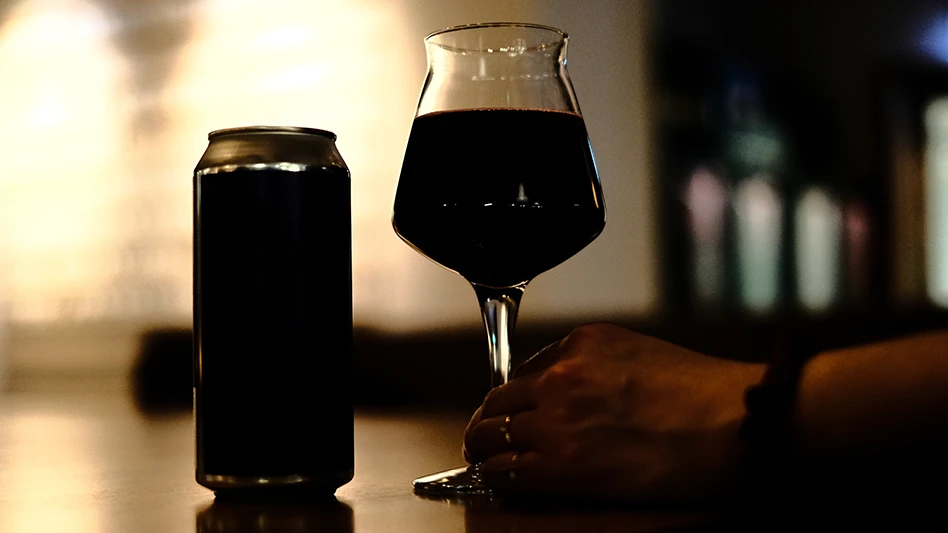
Adobe Stock | Andreas Vik Hedberg/Wirestock Creators
Editor's Note: This article is the first installment in a three-part series on university-based studies. Read more about food safety's university-industry connection here.
Austin Montgomery fell in love with viticulture and enology during a formative short-term study abroad experience in Slovakia, Hungary and the Czech Republic, with days of tastings and conversation, storytelling and breaking bread.
“It was a magical experience,” said the doctoral student in the Cornell College of Agriculture and Life Sciences Viticulture & Enology graduate program. His focus is food and flavor chemistry.
At the time of his abroad “aha” junket, he was 19 and went on to pursue chemistry before entering the food sciences sector.
Driven to pursue enology research, Montgomery dispatched lab cold calls. He was invited by Gavin Lavi Sacks, associate chair and professor of food science at Cornell, to join a lab interested in developing and applying new tools for analyzing flavor compounds — especially in wine and other alcoholic beverages.
PROJECT AND PURPOSE. The project specifically focused on the causes of “off” aromas in canned wines. “Craft beverages are changing, and beer and canned cocktails are the most illustrated example of the interesting packaging evolution, with a lot of beverages moving into cans,” Montgomery said, citing convenience and sustainability as leading factors.
While wine in cans is an increasingly popular packaging option, some producers report issues with shelf stability and degraded quality over time due to developing hydrogen sulfide. “It’s a very potent aroma that smells like rotten eggs,” Montgomery said. “The sensory threshold in water is one part per billion. It doesn’t require a lot of hydrogen sulfide formation to really ruin a product.”
Until this research, little work had been done on the impact of cans on wine chemistry.
Sulfur dioxide is an essential preservative in wine for preventing oxidation and microbial formation. At low pH, a higher proportion of sulfur dioxide exists as molecular SO2 (the rest exists as bisulfite, HSO3-). This molecular form can diffuse through the polymer liner easier and interact with aluminum, forming hydrogen sulfide. The byproduct is a stinky egg aroma no wine drinker expects when cracking a can of single-serve vino.
“Our work provided guidelines for producers of any beverage containing sulfur dioxide to make sure the pH level is above a certain point and the amount of free sulfur dioxide is below a certain value so hydrogen sulfide doesn’t form,” Montgomery explained.
The hypothesis of this research project was that wine composition and can liner type affect hydrogen sulfide formation. Aluminum cans can be lined with a variety of substrates such as bisphenol A (BPA) epoxy, non-BPA epoxy and acrylic.
The goal: to better inform wine, cider and spirits producers of recommended sulfur dioxide levels and liner type to prevent hydrogen sulfide from degrading, scalping or tainting products that need to sustain a reasonable shelf life.
Basically, why might some canned wines develop stink-egg undertones, and what can be done to stop this?
FACTS AND FINDINGS. The project involved incubating 10 wines, each with three different commercial liners. Canned wines were stored for eight months, after which the team measured sulfide levels.
Turns out, even though liners are supposed to prevent contact between wine (or cider) and the aluminum can “shell,” neutral compounds can diffuse into and through liners. This results in a reaction with aluminum, producing hydrogen sulfide and an undesirable nose.
“Aluminum cans are more sustainable than glass,” Montgomery said. “They weigh less and do not contribute to as much carbon emissions, but we needed to define an SO2 limit so producers can decide whether to can their wines without worrying about H2S production.”
The findings: Maintaining low molecular sulfur dioxide (less than about 0.4 mg/L) and using epoxy liners (BPA or BPA-free) are critical for ensuring low hydrogen sulfide formation during can storage of up to eight months. The team also determined this equation might also apply to other corrosive beverages.
WHAT’S NEXT? “In the cider industry, we are getting the opportunity to give talks and share our findings,” Montgomery said, relating that cider seems less able to mask the hydrogen sulfide side effects than wine. “If I have an intense-smelling Riesling, it can hide more hydrogen sulfide than an 8% hard cider.”
This work was selected as the 2023 Best Enology Paper by the American Journal of Enology and Viticulture. Currently, Montgomery is pursuing a USDA-funded project to utilize natural food ingredients as anticorrosives to prolong the shelf life of beverage cans.
“Within the next six months, we are working on an extension document that will be more accessible for winemakers,” he said. “It’s rewarding to interact with the industry, make an impact and work with a team that is, in some way, increasing the quality of wine if it happens that the wine is packaged in a can, as this becomes an even more prominent option.”
Latest from Quality Assurance & Food Safety
- Chef Robotics Introduces Pat-Down Capability for Meal Presentation and Sealing
- USDA Launches Regenerative Pilot Program
- Indoor Ag-Con Adds Food Safety Track to Conference Lineup
- IDFA Recognizes Federal Officials for Support of U.S. Dairy Industry
- Tetra Pak Acquires Bioreactors.net
- Fresh Del Monte Receives Rabobank Leadership Award
- São Paulo Earns Guinness World Record for Largest Municipal Food Security Program
- KPM Analytics Releases Ready-to-Use NIR Calibration Packages
